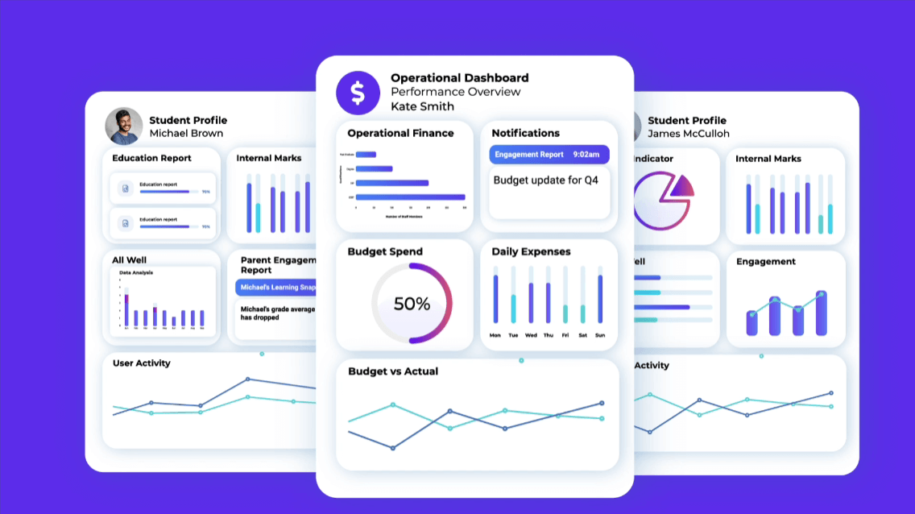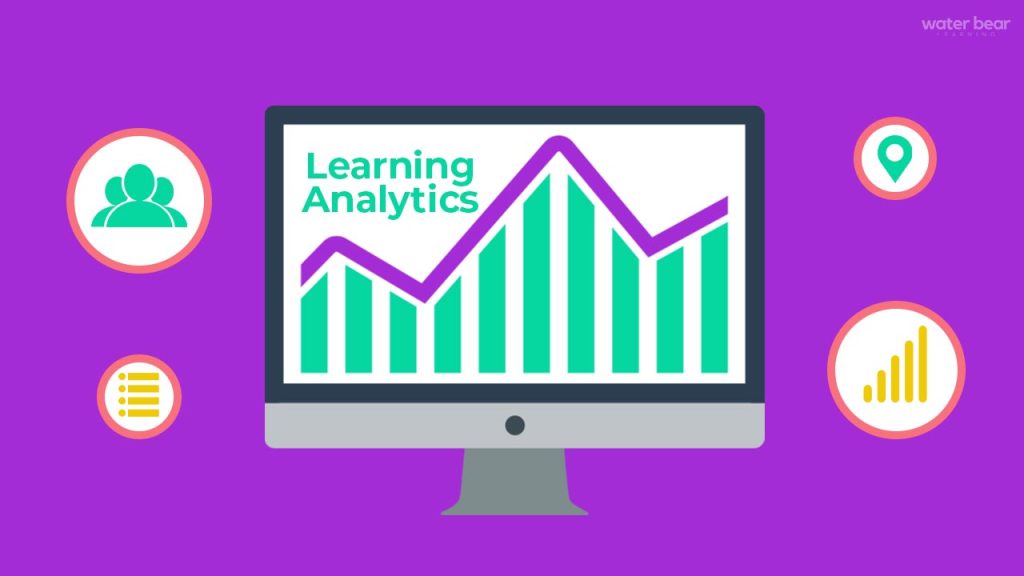In the digital age, learning analytics is revolutionizing education by using data-driven insights to enhance teaching methods, personalize learning, and improve student performance. Schools, universities, and online learning platforms are increasingly relying on analytics to track student progress, identify challenges, and optimize educational strategies.
This article explores what learning analytics is, its benefits, challenges, and best practices for using data to improve educational outcomes.
What is Learning Analytics?

🔹 Learning analytics refers to the collection, measurement, and analysis of student data to enhance learning experiences and outcomes.
📊 Key Functions:
- Tracking student progress – Analyzing attendance, engagement, and assessment data.
- Identifying learning gaps – Detecting students who need extra support.
- Personalizing learning paths – Tailoring instruction based on individual performance.
- Predicting outcomes – Using predictive analytics to anticipate student success or failure.
📍 By leveraging data, educators can make informed decisions that lead to better learning experiences.
How Learning Analytics Enhances Education
1. Personalizing Learning Paths 🎯
- Uses AI-driven tools to adapt lessons to individual learning styles.
- Recommends customized study materials and assessments.
- Helps students progress at their own pace, improving engagement.
📍 Example: Online platforms like Khan Academy and Coursera use learning analytics to provide personalized course recommendations.
2. Improving Student Performance & Retention 📈
- Identifies students at risk of falling behind through early warning systems.
- Helps educators provide timely interventions and support.
- Encourages self-reflection and accountability among students.
📍 Example: Universities use analytics to track student attendance, participation, and grades to prevent dropouts.
3. Enhancing Teaching Effectiveness 👩🏫
- Provides real-time feedback on teaching strategies.
- Helps teachers understand which methods work best.
- Assists in curriculum planning and course adjustments.
📍 Example: Learning management systems (LMS) like Moodle and Blackboard provide data on student engagement, helping instructors refine their teaching.
4. Measuring Institutional Success 🏫
- Analyzes school-wide performance trends.
- Helps administrators make data-driven policy decisions.
- Supports funding and resource allocation based on real needs.
📍 Example: Schools use standardized test analytics to identify areas needing improvement.
Key Technologies in Learning Analytics
- Learning Management Systems (LMS) – Collects data on student participation (e.g., Google Classroom, Canvas).
- AI-Powered Adaptive Learning Platforms – Adjusts content based on performance (e.g., Smart Sparrow, DreamBox).
- Early Warning Systems (EWS) – Alerts educators about at-risk students (e.g., Civitas Learning).
- Dashboards & Data Visualization – Provides real-time insights for teachers and administrators.
📍 These technologies enable institutions to optimize learning strategies efficiently.
Challenges & Ethical Considerations in Learning Analytics
- Data Privacy & Security – Protecting student data from breaches.
- Bias in Data Interpretation – Ensuring fair and objective analysis.
- Teacher & Student Adoption – Encouraging stakeholders to embrace analytics.
- Over-Reliance on Data – Balancing analytics with human judgment.
✅ Solutions:
- Use secure and ethical AI-driven platforms.
- Provide data literacy training for educators.
- Implement transparent policies for data collection and usage.
📍 Responsible use of analytics ensures ethical, effective, and impactful educational improvements.
Best Practices for Implementing Learning Analytics
1. Set Clear Goals – Define specific objectives (e.g., boosting retention, improving engagement).
2. Use Multiple Data Sources – Combine grades, attendance, online activity, and feedback.
3. Provide Actionable Insights – Focus on interpretation and application, not just numbers.
4. Train Educators & Students – Teach how to use analytics effectively.
5. Prioritize Data Security – Follow privacy laws and ethical guidelines.
📍 A well-planned learning analytics strategy drives continuous improvement in education.
The Future of Learning Analytics
🚀 AI & Machine Learning – More personalized learning experiences.
📊 Real-Time Feedback & Adaptive Learning – Instant insights for educators.
🌎 Global Data Collaboration – Cross-institution research for better teaching methods.
📡 Integration with EdTech & Gamification – More engaging, interactive learning environments.
📍 As technology advances, learning analytics will become even more essential in shaping education.
Final Thoughts: Data-Driven Success in Education
Learning analytics is transforming education by empowering teachers, personalizing student experiences, and improving institutional effectiveness. By leveraging data wisely, we can create a more inclusive, engaging, and results-driven educational system.
📚 How do you see learning analytics shaping the future of education knowledge? Share your thoughts below! 🚀📊

